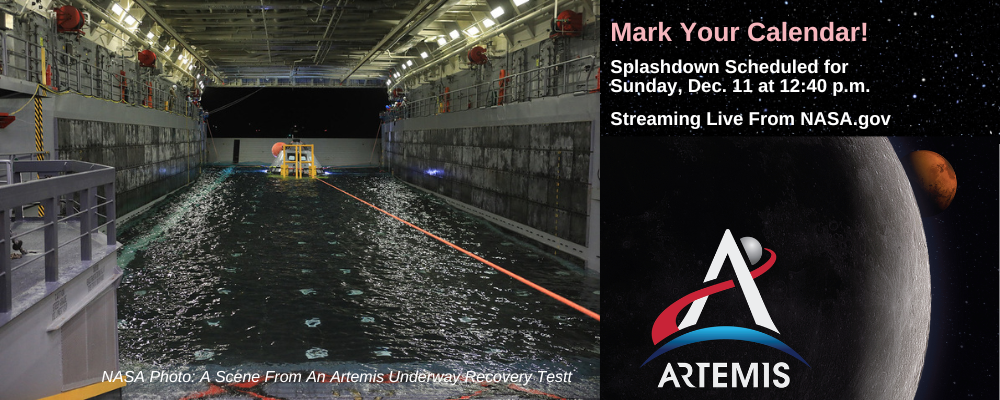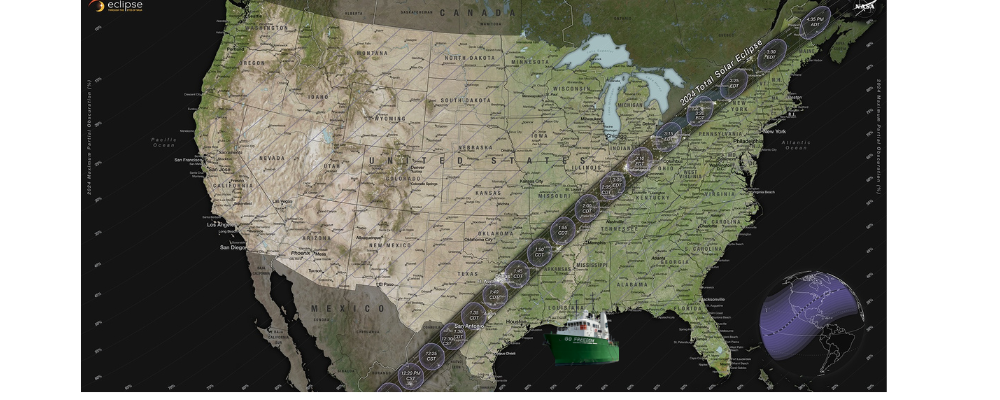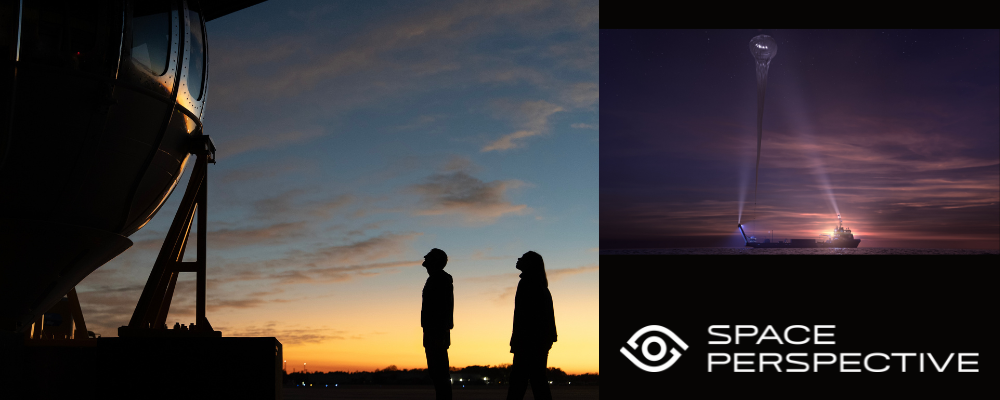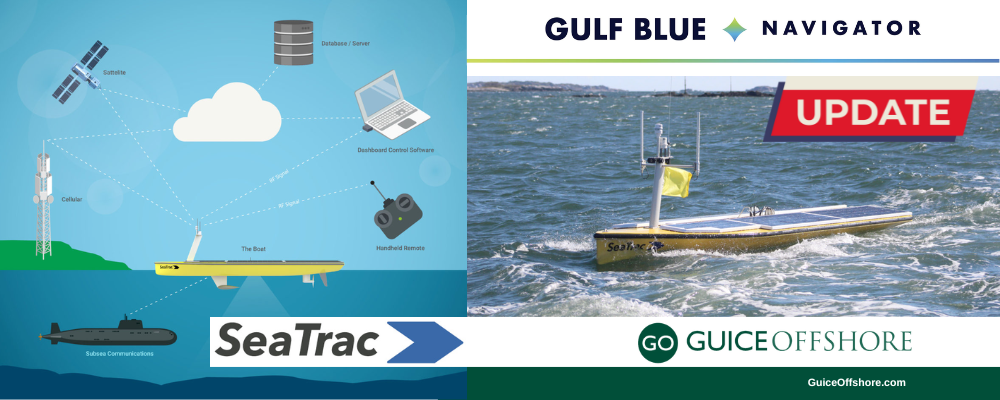As part of the Artemis 1 mission, NASA’s Orion spacecraft is on course for its return to Earth on Sunday, Dec. 11 at approximately 12:40 p.m. (EST) in the Pacific Ocean, about 60 miles off the coast of San Diego, California.
Mark your calendars! NASA.gov begins live coverage of the splashdown on NASA TV at 11 a.m. (EST)
“When Orion re-enters Earth’s atmosphere in just a few days, it will come back hotter and faster than ever before – the ultimate test before we put astronauts on board . . .” NASA Administrator Bill Nelson said.
As Orion accelerates back toward Earth, it will enter the atmosphere traveling at 25,000 miles per hour, then will slow to 300 mph. Parachutes will deploy to further slow the spacecraft to approximately 20 mph before splashing down.
Working with the U.S. Navy, the exploration ground systems recovery team from NASA’s Kennedy Space Center in Florida has activated the complex process of recovering the uncrewed Orion on Dec. 11, for which it has completed numerous test runs.
“Last week, we completed our final rehearsal with the U.S.S. Portland, which will be our recovery ship for Artemis I,” Melissa Jones, landing and recovery director, NASA’s Kennedy Space Center said on Dec. 5.
The U.S.S. Portland is a Navy amphibious ship that has a well deck at the waterline to allow docking inside the ship. (During a crewed mission, astronauts can be recovered in either open water or the well deck of the ship depending on sea conditions and other factors on day of landing.)
As soon as Orion splashes down on Dec. 11, a team of divers, engineers, and technicians will depart the U.S.S. Portland on small boats and arrive at the capsule. Once there, they will secure it and prepare to tow it into the back of the ship, known as the well deck. The divers will attach a cable to pull the spacecraft into the ship, called the winch line, and up to four additional tending lines to attach points on the spacecraft. The winch will pull Orion into a specially designed cradle inside the ship’s well deck and the other lines will control the motion of the spacecraft. Once Orion is positioned above the cradle assembly, the well deck will be drained and Orion will be secured on the cradle.
- To read about the Artemis Orion recovery process in more detail, click HERE.
- To see photos of a recent Artemis underway recovery test, click HERE.
The Landing and Recovery Team led by the Exploration Ground Systems Program from Kennedy Space Center in Florida will be responsible for safely recovering the Orion capsule, and crew on future missions, after splashdown and returning them both to land. The interagency landing and recovery team consists of personnel and assets from the U.S. Department of Defense, including Navy amphibious specialists and Air Force weather specialists, and engineers and technicians from Kennedy, Johnson Space Center in Houston, and Lockheed Martin Space Operations. The team will recover Orion and attempt to recover hardware jettisoned during landing, such as the forward bay cover and the three main parachutes.
Building on 50 years of experience in spacecraft recovery operations, Exploration Ground Systems is helping the agency prepare for future human deep space exploration and will lead Orion recovery operations.
NASA personnel at Kennedy gained expertise in deploying and leading complex integrated recovery teams at off-site locations throughout the world during Apollo Program, Launch Services Program rocket launches, and all 135 historic space shuttle launches, working hand in hand with military personnel (both foreign and domestic), developing and coordinating search and rescue efforts, and creating and implementing recovery operations concepts and procedures compatible with the unique spacecraft or payload hazards and requirements.
How Guice Offshore Works With the Aerospace Industry
While not affiliated with the Artemis 1 mission, Guice Offshore works with the aerospace and space industries principally in the complex logistical and high security process of ocean recovery. With powerful cranes and winches, Guice Offshore support vessels are able to retrieve capsules and other manned or unmanned space or aeronautics machinery from the ocean, while providing plenty of deck space to carry them, along with their support crew and equipment.
Aerospace represents an important and growing segment of the global economy and the maritime sector. The industry has been principally focused on the activities centered around space craft and space flight originally for governments, but now ever-expanding to address commercial needs and even eco-tourism. This broad and complex business is often associated with research and development projects and recovery operations, all of which Guice Offshore assists in offshore operations.



